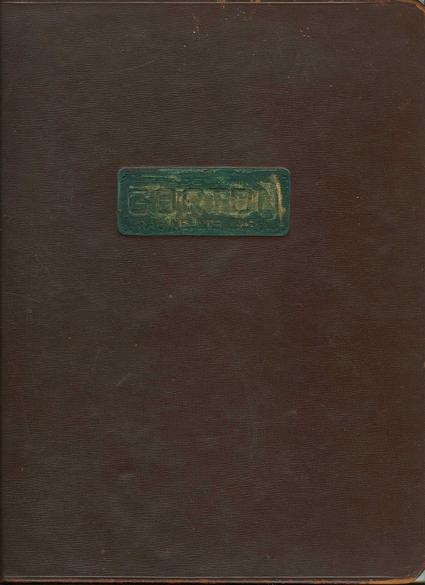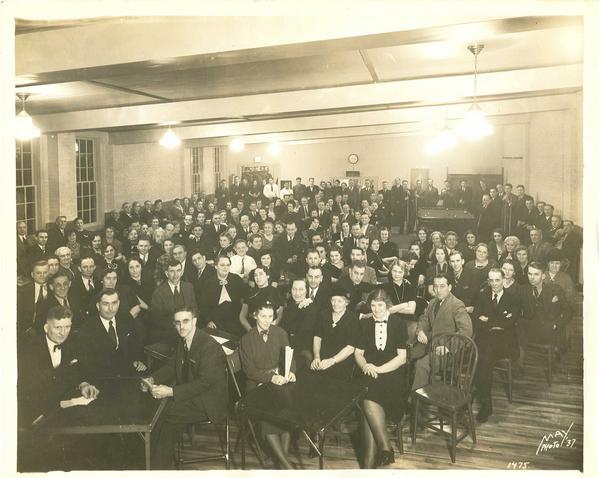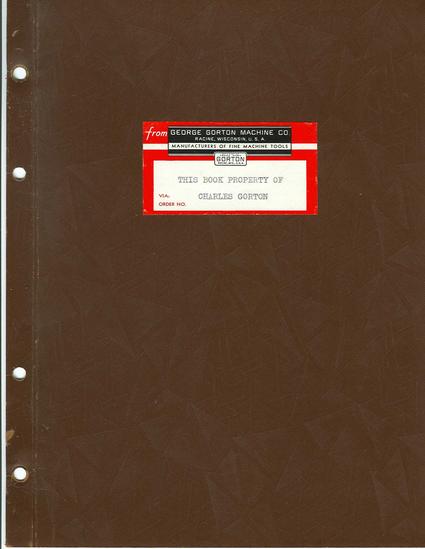| <Not shown: various reduced sized testimonial and reference letters
from customers. Not shown simply because scanning them would be fairly
complex to do because of the manner in which they are arranged. Testimonials
are all dated 1930, and from: American Can, Co of Toledo OH; Vickers, Inc. of
Detroit, MI; Sperry Gyroscope Co. of Brooklyn, NY; Jas. H. Matthews & Co.
of Pittsburgh, PA; Luminite Products Corp. of Salamanca, NY; Wadsworth Watch
Cases of Dayton, KY.> |
 |










































